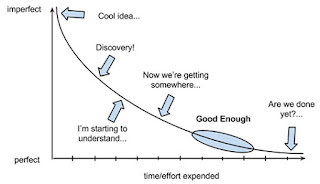 SuperFreakonomics: Global Cooling, Patriotic Prostitutes And Why Suicide Bombers Should Buy Life Insurance by Steven D. Levitt
SuperFreakonomics: Global Cooling, Patriotic Prostitutes And Why Suicide Bombers Should Buy Life Insurance by Steven D. LevittMy rating: 5 of 5 stars
Second time reading and still worth the read. It can be a little disheartening to know that some (many / maybe most) of the things discussed didn't make it into mainstream in the past 10 years. That is a lesson in itself and the concept is supported by a few of the stories in SuperFreakonomics.
View all my reviews






